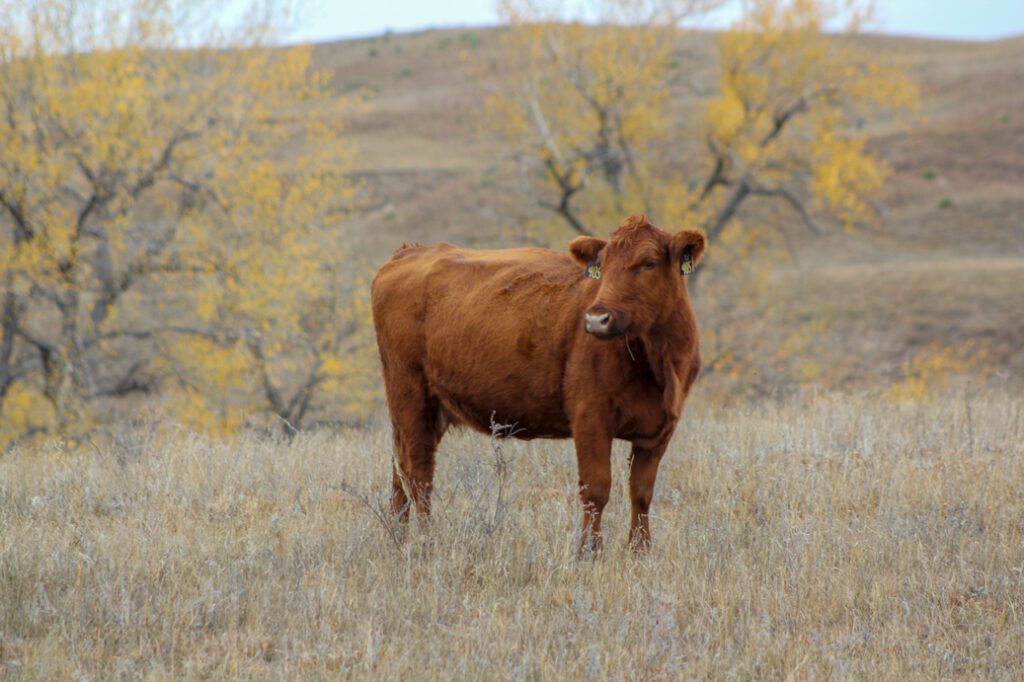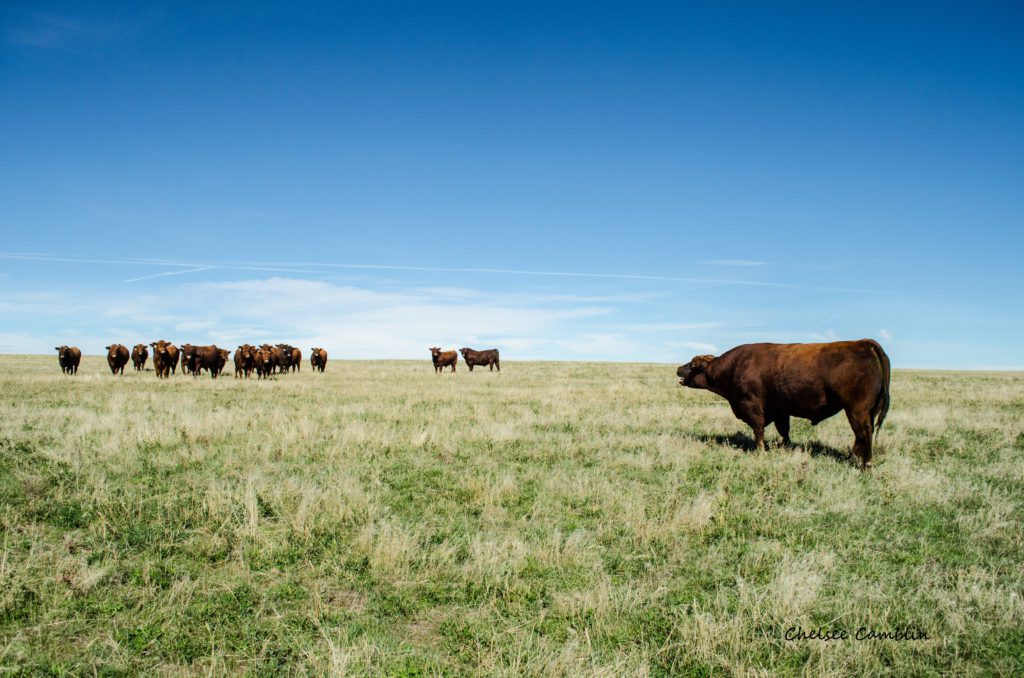To build a nutrition program for a cow-calf system, it is important to know the herd’s nutritional requirements, have set trigger points to make rapid changes in nutritional management if needed and know the quality and quantity of your forage resources. With many producers across the state starting to or already weaning calves, it’s a good time to note the body condition score (BCS) of the cowherd. For many spring-calving herds, the time between now and when winter hits is the best time to increase the condition score of the cowherd prior to winter weather. The last chance to economically increase cow BCS during late gestation is the last 90 days prior to calving. However, weather changes and forage availability/quality can make achieving an optimum BCS 60 to 90 days before calving difficult. After that, adding additional body condition on a thin cow that has calved and is lactating can require large amounts of high-quality feeds to meet her increased nutrient requirements.
According to recent weather forecasts, expect a wet and cold Nebraska winter. Although moisture is welcome after another dry year, it can create issues with nutritional management and cow body condition. When the effective temperature is below the animal’s lower critical temperature, the animal must increase heat production to maintain a constant body temperature. To produce more heat, a cow must either receive more energy from the feed ration or draw on her body stores. Seven days or more of cold, windy or wet weather will increase cow energy requirements 10 to 30%. If hay or forage quality is good, intake will increase; however, the increased intake and overall energy intake may not meet requirements. With low-quality forage, cows will need additional energy supplementation during extreme weather. If cows are not fed enough during cold stress periods, they can easily drop a body condition score (BCS) in 30 days or less. Thin cows going into a wet, cold winter have less body condition or fat reserves available to help offset the lack of dietary energy. These types of cows will be more susceptible to decreased performance and health of both them and subsequent offspring.
Current BCS of the cowherd determines supplementation goals and strategies. Thin (BCS ≤ 4) or young cows can be sorted and fed separately from the mature cowherd. This would allow for more strategic supplementation and decrease overall feed costs. Typically, a cow must gain 75 to 100 lb to increase 1 full BCS, but during late gestation that number increases to account for fetal growth and placental weight. Cows in a BCS of 6 or slightly greater prior to winter influence the winter supplementation strategy, too. This additional fat cover on the cow can be utilized as an energy supplement to offset potential energy deficiencies. However, this needs to be done mindfully, not allowing cows to lose too much BCS prior to calving.
At the end of the day, BCS is an insurance policy or risk management. It is easier to stay ahead while maintaining adequate BCS than letting cows slip and get behind. Getting behind during late gestation and early lactation can decrease pregnancy rates and calf performance.
Things to consider for winter management:
- Use body condition score (BCS) as a guide to proactively monitor the cowherd now and throughout the winter
- Obtain a nutrient analysis of forage resources
- Inventory forage resources by nutrient quality
- Sort and manage cowherd by their nutritional needs (thin and young cows vs mature, adequate BCS cows)
- Match forage resources (ie., quality of feedstuffs) for each management group to minimize costs
- Adjust supplemental energy for periods of cold stress, especially for thin cows
SOURCE: UNL BEEF, T.L. Meyer, Nebraska Extension Educator and Travis Mulliniks, UNL Beef Cattle Nutritionist, Range Production Systems
Photo credit: Troy Walz.








